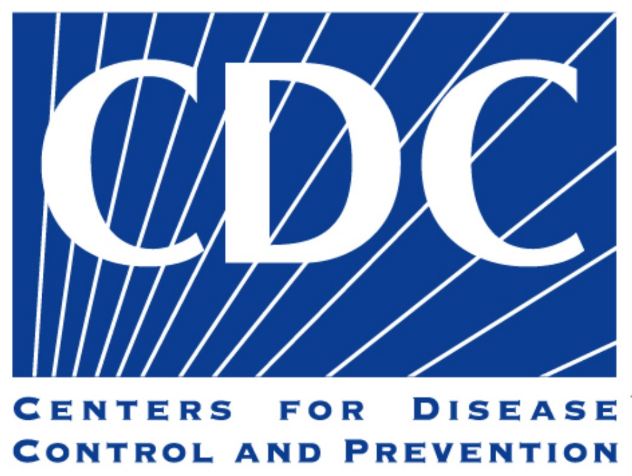Hospital Outreach Program, New Website and Video Advance Mission of The Hole in the Wall Gang Camp
/The Hole in the Wall Gang Camp in Ashford, Connecticut began in 1988 as a way for seriously ill children, including those with cancer, to “raise a little hell,” as founder Paul Newman described it – a time and place when kids could simply be kids, without being self-conscious about their ongoing medical needs. Twenty-seven years later, it is much more than a summer camp, offering a robust range of programs year round, in Connecticut and beyond.
To tell that story, and increase public awareness of the array of programs available to children with acute medical needs, the Camp has launched a newly redesigned website (www.holeinthewallgangcamp.org) that eases navigation through the various program offerings, and produced a new video that highlights the range of activities and impact.
Among the programs highlighted is the less widely known Hospital Outreach Program (HOP), one of a number of programs that have blossomed in recent years to extend the mission and impact of The Hole in the Wall Gang Camp into communities to reach more children.
Through one-on-one interactions and group activities, HOP “brings Camp’s unique summer programming and spirit to hospitals and clinics. Whether working bedside, in playrooms or outpatient clinic settings, our interactions and activities with children and families include arts & crafts projects, and interactive games specifically adapted for use in the medical setting, as well as other Camp-inspired programming and events. Just like at Camp, all interactions are guided by the child’s choice and are child-driven,” the website explains.
Responding to the fact that children in the hospital often feel isolated, fearful, stressed, and uncertain because of their illnesses, the Hospital Outreach Program “brings the hopeful, playful spirit of The Hole in the Wall Gang Camp to children, families, and their caregivers in the hospital setting, at no cost, year-round on a weekly basis.”
The HOP program has expanded to 35 medical facilities in Connecticut, Massachusetts, New York, New Jersey and Pennsylvania. The Connecticut programs are offered at Connecticut Children’s Medical Center in Hartford, Yale-New Haven Hospital, Yale Pediatric Hematology and Oncology Clinic in Trumbull, and the Yale-New Haven Hospital’s Bridgeport Campus.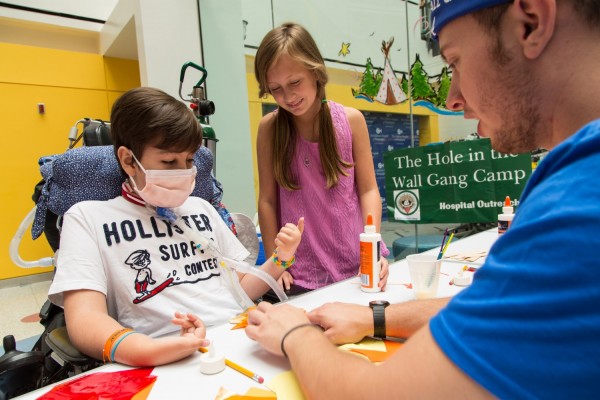
The HOP Specialists that provide one-on-one sessions visits “have a bachelor’s degree, excellent kid skills, experience developing fun and exciting programming and knowledge of hospitals systems. They attend both a HOP and Hospital Orientation and receive regular opportunities for professional development,” the website points out.
At Children’s Hospital of Philadelphia (CHOP) last fall, the facility was “transformed into Downtown Camp” for a week, as nearly 30 Camp staff and volunteers and more than 60 CHOP volunteers provided five full days of Camp programming. In a ll, there were “approximately 800 healing experiences with children and families throughout the week, bringing the safety, respect and love of Camp to many families” in Philadelphia.
ll, there were “approximately 800 healing experiences with children and families throughout the week, bringing the safety, respect and love of Camp to many families” in Philadelphia.
Building on the success of the week, the Hospital Outreach teach is looking ahead to similar events across the network of partner hospitals.
Among the other programs offered during the year, in addition to the centerpiece Camp experience, are CampOut, which brings the Camp experience to campers in their own hometowns, weekend programs in Ashford in fall and spring, and Hero’s Journey for campers who have aged out of the summer program. In addition, programs are offered for parents, caregivers and siblings of children participating in The Hole in the Wall Gang Camp.
http://youtu.be/P2516LEl6AM




 iagnose, treat, and ultimately, cure NEC. Named after Morgan, it celebrates his survival, courage and strength. Morgan and his twin brother were born at 28 weeks, nearly three months early and each weighing less than 2.5 pounds. At four days old, Morgan developed NEC and lost approximately 20 percent of his small intestine. Morgan not only survived but has also thrived since his bout with NEC. The fund is his family’s way of paying it forward.
iagnose, treat, and ultimately, cure NEC. Named after Morgan, it celebrates his survival, courage and strength. Morgan and his twin brother were born at 28 weeks, nearly three months early and each weighing less than 2.5 pounds. At four days old, Morgan developed NEC and lost approximately 20 percent of his small intestine. Morgan not only survived but has also thrived since his bout with NEC. The fund is his family’s way of paying it forward.
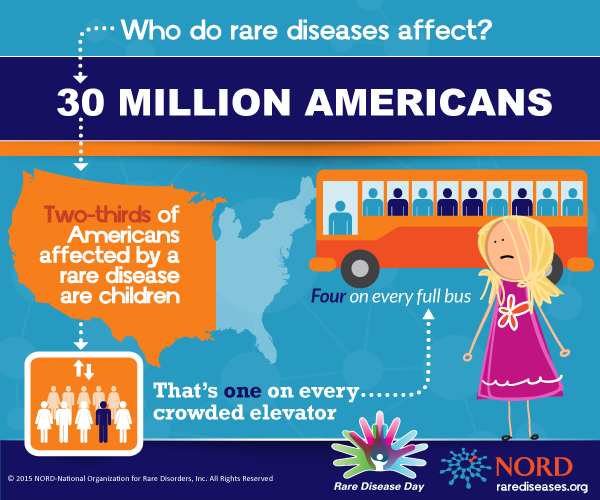
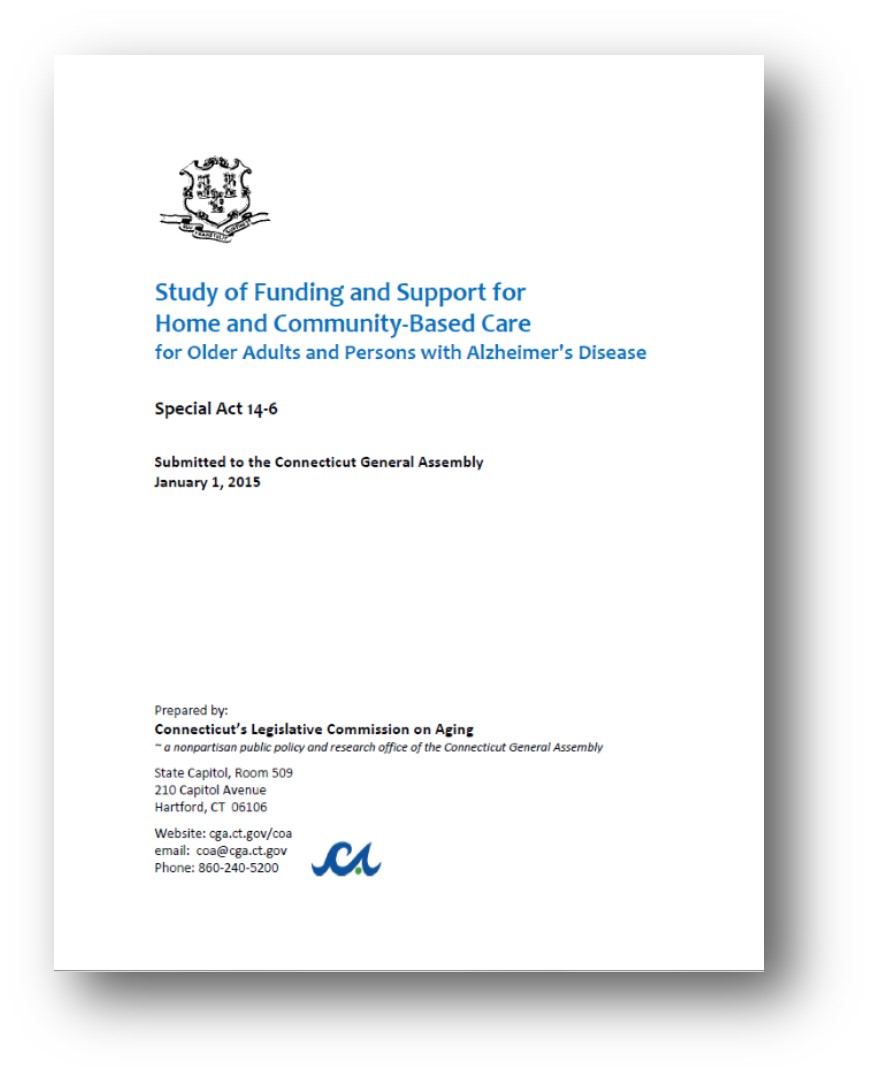

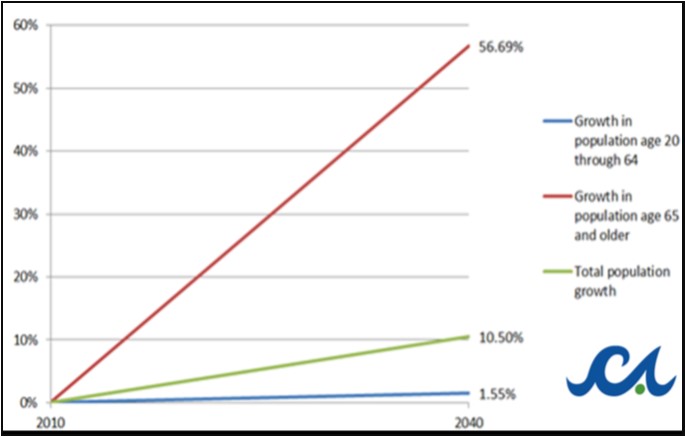
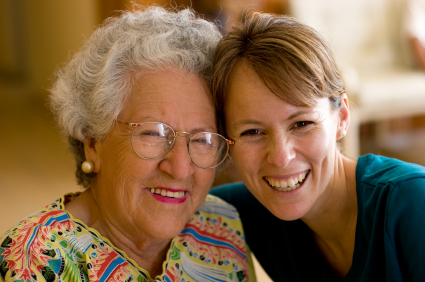 The report also suggests that policy makers “explore the possibility of incenting employer-based long-term care insurance coverage.” In 2009 almost 25,000 employers in the U.S. offered long-term care insurance to their employees – just 35 percent of the 7.5 million insurance policies in effect. In addition, the report encourages the Connecticut Congressional delegation to support a federal tax deduction for long-term care insurance, and urges policy makers to consider making reverse mortgages “a more viable option.”
The report also suggests that policy makers “explore the possibility of incenting employer-based long-term care insurance coverage.” In 2009 almost 25,000 employers in the U.S. offered long-term care insurance to their employees – just 35 percent of the 7.5 million insurance policies in effect. In addition, the report encourages the Connecticut Congressional delegation to support a federal tax deduction for long-term care insurance, and urges policy makers to consider making reverse mortgages “a more viable option.”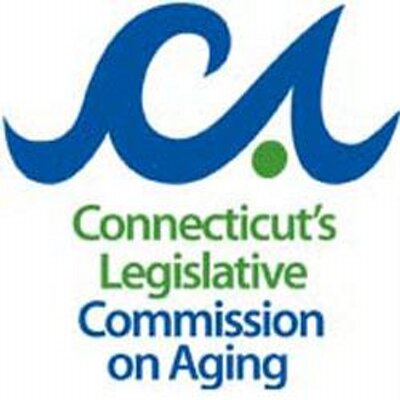
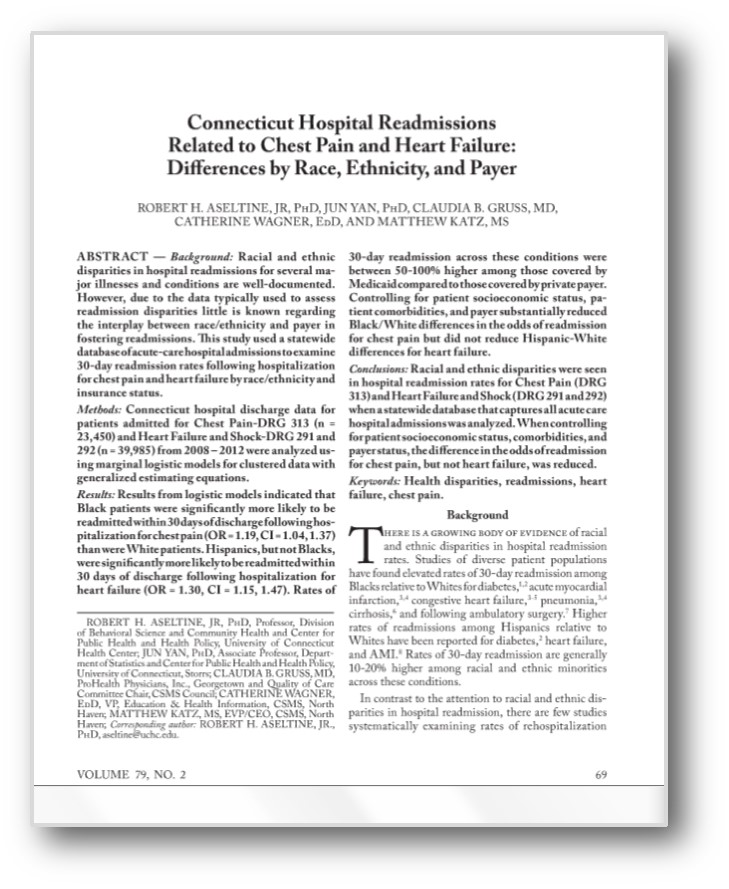
 The study also noted that “barriers to accessing community based care among Connecticut Medicaid beneficiaries are well-documented, often leaving such patients with few options other than hospital care for both urgent and non-urgent conditions.”
The study also noted that “barriers to accessing community based care among Connecticut Medicaid beneficiaries are well-documented, often leaving such patients with few options other than hospital care for both urgent and non-urgent conditions.”
 ocations in Connecticut are in Bridgeport, Danbury,
ocations in Connecticut are in Bridgeport, Danbury, 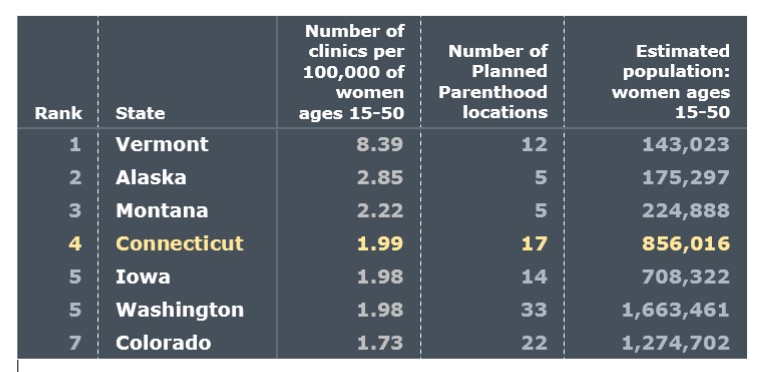
 for Disease Control and Prevention (CDC) recently released new data showing that while cervical cancer screenings have been proven to save lives, about eight million women ages 21 to 65 have not been screened for cervical cancer in the past five years. More than 12,000 women in the U.S. are diagnosed with cervical cancer each year, and more than half of these cases are in women who have never been screened or in those who haven’t been screened in the past five years, according to Planned Parenthood.
for Disease Control and Prevention (CDC) recently released new data showing that while cervical cancer screenings have been proven to save lives, about eight million women ages 21 to 65 have not been screened for cervical cancer in the past five years. More than 12,000 women in the U.S. are diagnosed with cervical cancer each year, and more than half of these cases are in women who have never been screened or in those who haven’t been screened in the past five years, according to Planned Parenthood.


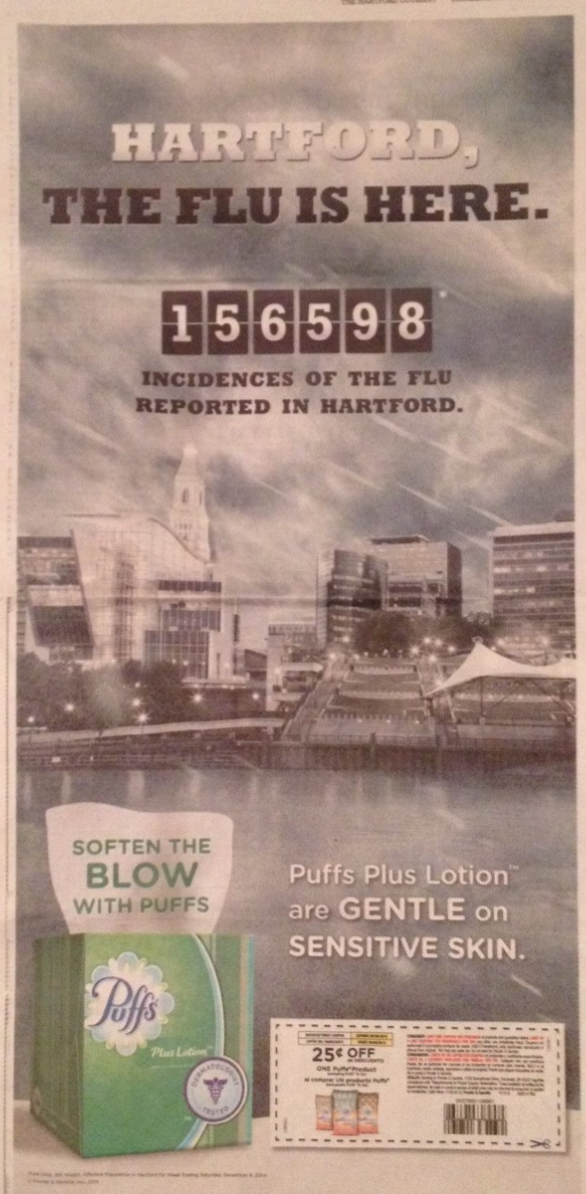
 The small print in the ad cites ”FAN Data, IMS Health, Affected Population in Hartford for Week Ending Saturday, December 6, 2014.”
The small print in the ad cites ”FAN Data, IMS Health, Affected Population in Hartford for Week Ending Saturday, December 6, 2014.”
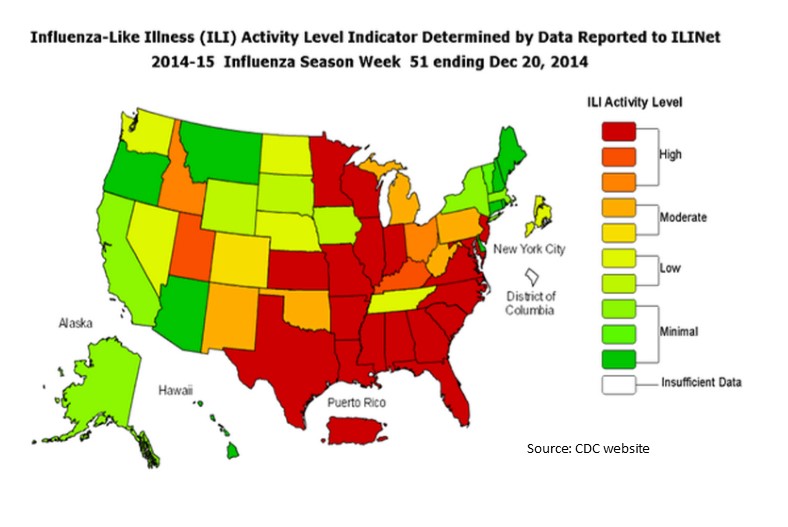
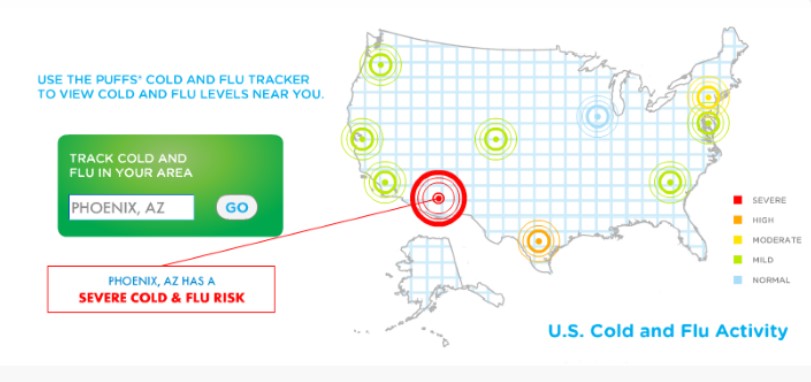
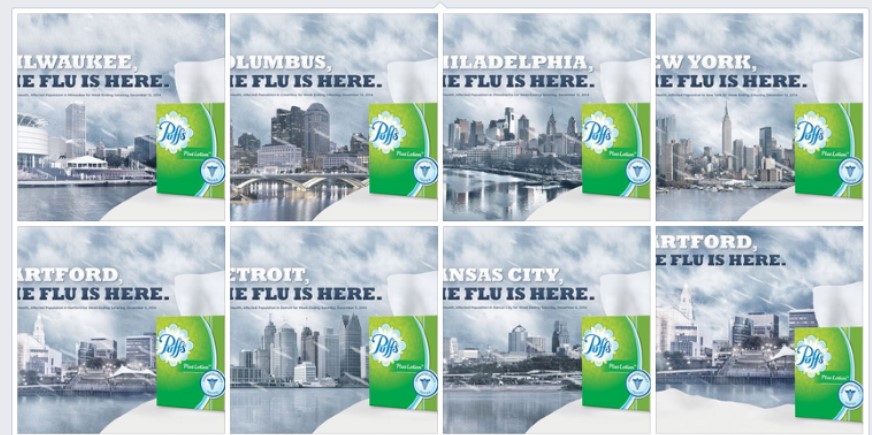
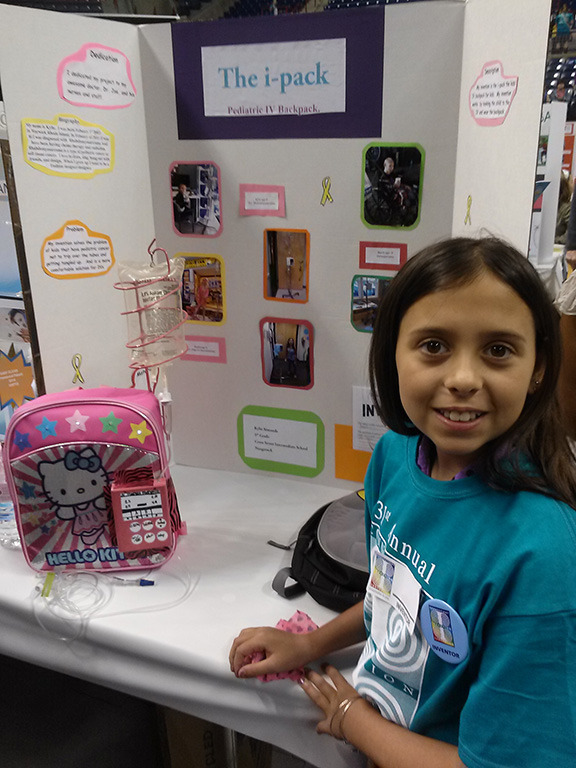
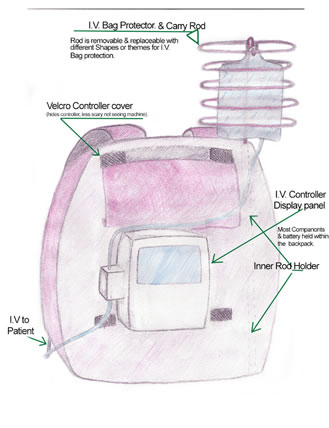
 nt and work closely with stakeholders in developing the conference, viewed as “an opportunity to look ahead to the issues that will help shape the landscape for older Americans for the next decade.”
nt and work closely with stakeholders in developing the conference, viewed as “an opportunity to look ahead to the issues that will help shape the landscape for older Americans for the next decade.”

